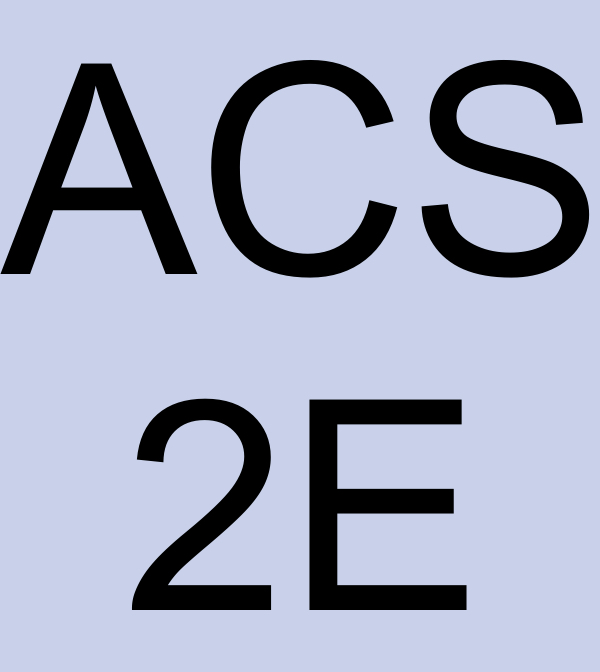Preview Activity 6.3.1.
In each of the following scenarios, we consider the distribution of a quantity along an axis.
(a)
Suppose that the function \(c(x) = 200 + 100 e^{-0.1x}\) models the density of traffic on a straight road, measured in cars per mile, where \(x\) is number of miles east of a major interchange, and consider the definite integral \(\int_0^2 (200 + 100 e^{-0.1x}) \, dx\text{.}\)
-
What are the units on the product \(c(x) \cdot \Delta x\text{?}\)
-
What are the units on the definite integral and its Riemann sum approximation given by\begin{equation*} \int_0^2 c(x) \, dx \approx \sum_{i=1}^n c(x_i) \Delta x? \end{equation*}
-
Evaluate the definite integral \(\int_0^2 c(x) \, dx = \int_0^2 \left(200 + 100 e^{-0.1x}\right) \, dx\) and write one sentence to explain the meaning of the value you find.
(b)
On a 6 foot long shelf filled with books, the function \(B\) models the distribution of the weight of the books, in pounds per inch, where \(x\) is the number of inches from the left end of the bookshelf. Let \(B(x)\) be given by the rule \(B(x) = 0.5 + \frac{1}{(x+1)^2}\text{.}\)
-
What are the units on the product \(B(x) \cdot \Delta x\text{?}\)
-
What are the units on the definite integral and its Riemann sum approximation given by\begin{equation*} \int_{12}^{36} B(x) \, dx \approx \sum_{i=1}^n B(x_i) \Delta x? \end{equation*}
-
Evaluate the definite integral \(\int_{0}^{72} B(x) \, dx = \int_0^{72} \left(0.5 + \frac{1}{(x+1)^2}\right) \, dx\) and write one sentence to explain the meaning of the value you find.

